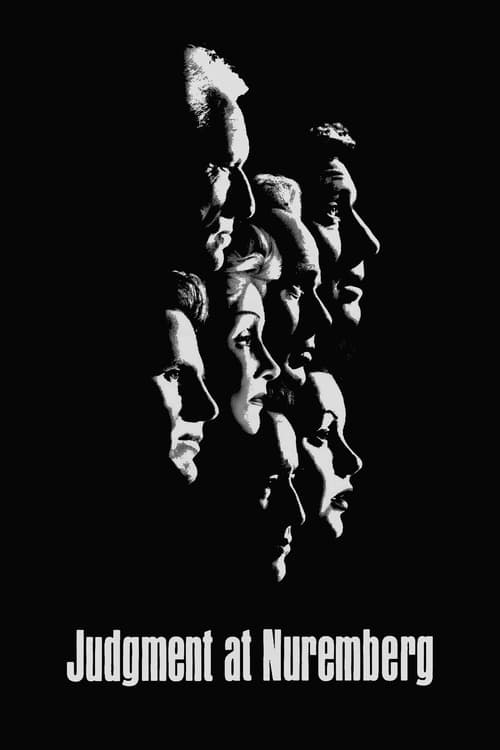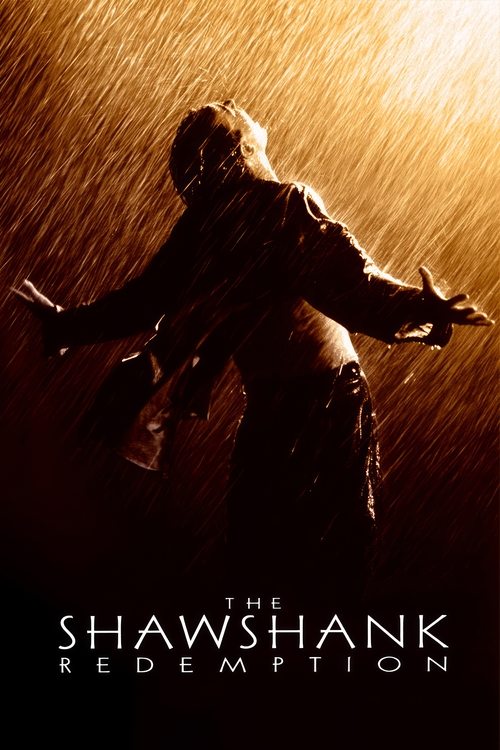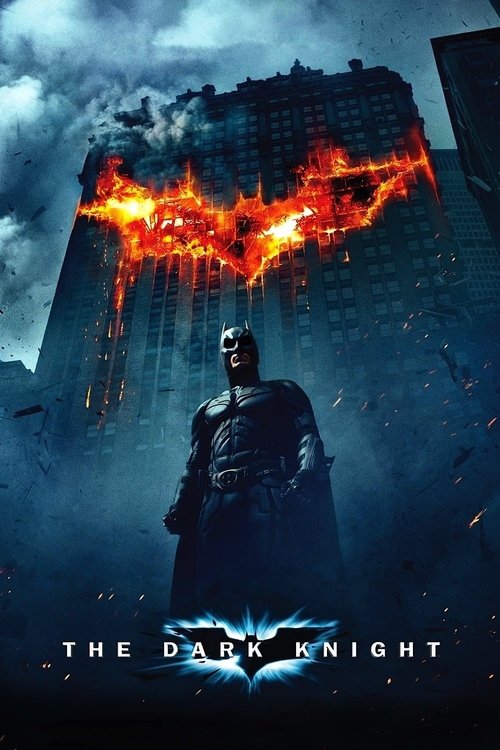
Judgment at Nuremberg - Family Review
1961 | 179 Minutes
Content Warnings
-
Sexual ContentMildNone Mild Moderate Severe
Read details
Some references to accusations of "race defilement" when discussing former laws by the Third Reich against
"Aryan" Gentiles engaging in "improper" relationships with Jews, e.g. "Irene Hoffman" character, then 16, in what was seen as an "improper" relationship ("sleeping with" an elderly Jewish male neighbor).
In footage of Holocaust victims show a fully nude dead man. Penis and testicle are shown. While this is not sexual, it is pretty extreme for a 1960's movie.
-
ViolenceMildNone Mild Moderate Severe
Read details
There's real footage of the holocaust showing some violent images. Some of them involving kids.
Discussion about executing of the elderly Jew for "sleeping with the 16 year old "Aryan" in defilement of Nazi racial purity laws and statutes.
-
ProfanityMildNone Mild Moderate Severe
Read details
"good G*d" and "in G*d's name"
A few uses of "h*ll" and "d*mn."
-
Intense ScenesStrongNone Mild Moderate Severe
Read details
Footage of Holocaust victims is shown. This part in the film takes up two or three minutes and contains potentially disturbing images, such as piles of dead bodies and a naked dead woman being thrown into a grave.
Hans Rolfe raises his voice and yells at a young woman to get the truth out of her, May be upsetting or startling to some people.





